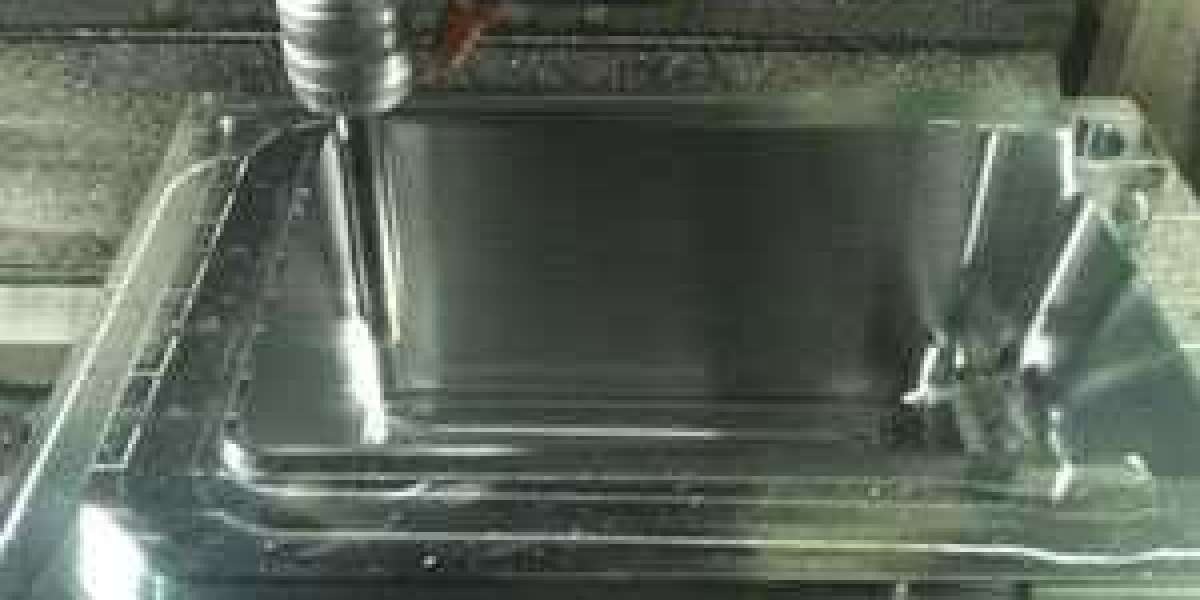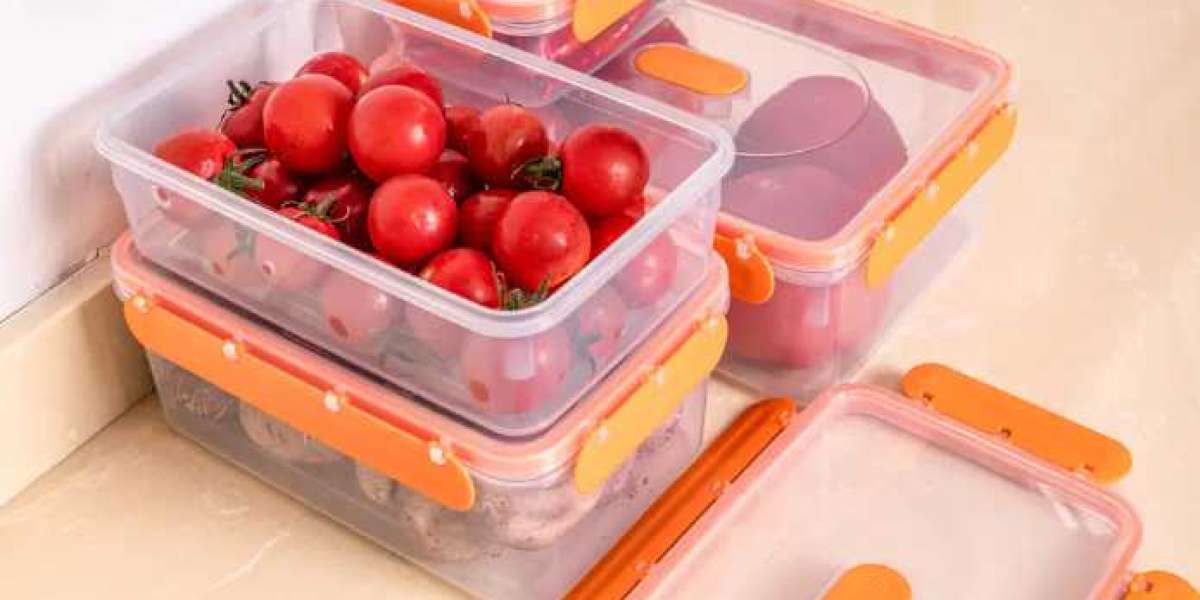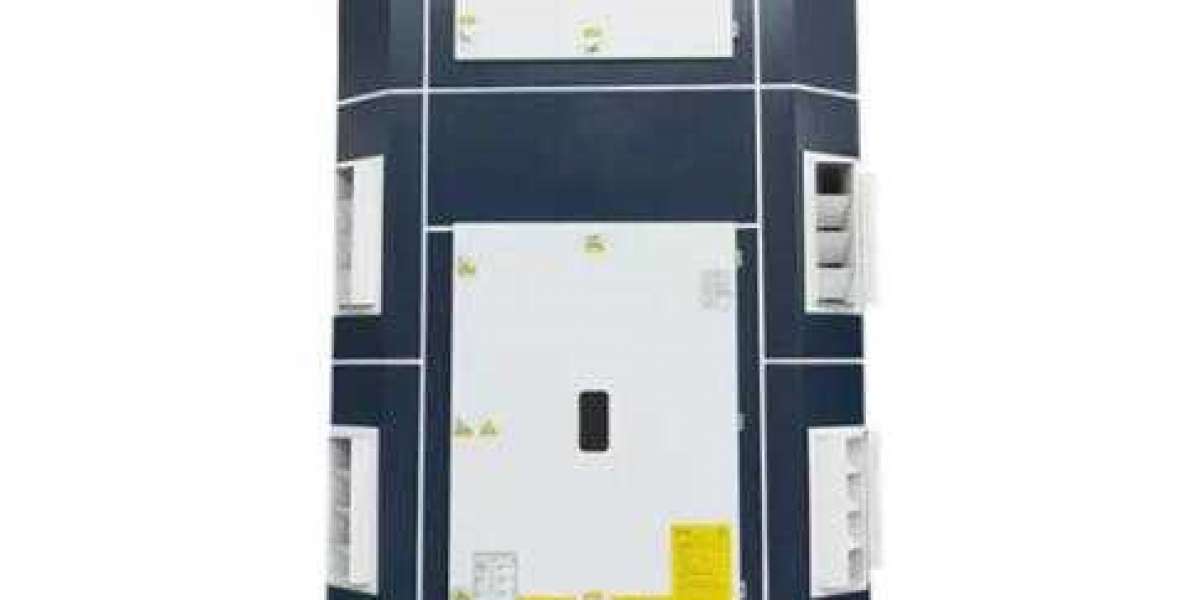Polyetheretherketone is a linear aromatic polymer compound containing chains in the main chain of the molecule. Its structural unit is oxygen-p-phenylene-oxy-carbonyl-p-phenylene, which is semi-crystalline and thermoplastic. Polyetheretherketone has the heat resistance and chemical stability of thermosetting plastics and the molding and machining peek of thermoplastics.
Polyetheretherketone also has excellent heat resistance. The heat distortion temperature is 160°C, and when reinforced with 20% to 30% glass fiber, the heat distortion temperature can be increased to 280 to 300°C. The thermal stability of polyether ether ketone is good, 420 ℃ in air. The weight loss is only 2% at 2h, 2.5% at 500°C, and significant thermal weight loss occurs only at 500°C.
The electrical insulating properties of ether ether ketone are very excellent, and the volume resistivity is about 10-10 ω·cm. It still has a small dielectric constant and dielectric loss in the high frequency range. The chemical stability of polyether ether ketone is also very good. Except for concentrated sulfuric acid, it is very stable to almost any chemical reagent, and it can still maintain good chemical stability even at higher temperatures. In addition, it has excellent hot water and steam resistance.
Polyetheretherketone has good flame retardancy, and it is difficult to burn in ordinary environments. Even if it is burned, the amount of smoke and harmful gas released is very low, even lower than that of low-fuming polytetrafluoroethylene. amount of polymer. In addition. It also has excellent radiation resistance.
PEEK is a high-performance thermoplastic and peek cnc machining material. Its single physical and chemical properties may be slightly weaker than some materials. For example, its corrosion resistance is slightly weaker than that of PTFE, its temperature resistance is not as good as that of PI (polyimide), and its limit PV value is not as good as TORLON. , but its excellent comprehensive performance is still difficult to be replaced by equivalent materials. The main advantage:
- 1. Tg point: 142°C, long-term use temperature 250°C, thermal deformation temperature 343°C, low temperature resistance -100°C;
- 2. Corrosion resistance is second only to fluoroplastics, and is very good for most acids, bases and organic solvents tolerance;
- 3. Radiation resistance, under the irradiation of high doses of gamma rays, it can still maintain the most sufficient mechanical strength;
PEEK polyetheretherketone is a special engineering plastic with excellent properties such as high temperature resistance, self-lubrication, easy machining Engineering PEEK Plastic Parts and high mechanical strength. ; Aircraft engine parts, automatic washing machine runners, medical equipment parts, etc.
PEEK polyetheretherketone is a special engineering plastic with excellent properties such as high temperature resistance, self-lubrication, easy processing and high mechanical strength. ; Aircraft engine parts, automatic washing machine runners, medical equipment parts, etc. Due to the relatively high price of PEEK material, it is relatively difficult to form, and it has become one of the areas that many injection molding companies focus on.
Polyetheretherketone (PEEK) is a high polymer composed of repeating units containing one ketone bond and two ether bonds in the main chain structure, and is a special engineering plastic. PEEK has the advantages of high mechanical strength, high temperature resistance, impact resistance, flame retardant, acid and alkali resistance, hard texture, long service life, etc., and has a large number of applications in the automotive industry, aerospace, medical equipment and other fields.
PEEK resin was first used in the aerospace field, replacing aluminum and other metal materials to manufacture various aircraft parts. In the automotive industry, PEEK resin has good friction resistance and mechanical properties – Intrinsic Viscosity Of Polyetheretherketone (PEEK). As a raw material for the manufacture of engine inner covers, various parts such as bearings, gaskets, seals, clutch gear rings, etc. made of PEEK resin are used in the transmission and braking of automobiles. and air conditioning systems are widely used.
PEEK resin is an ideal electrical insulator. It can still maintain good electrical insulation performance under harsh working conditions such as high temperature, high pressure and high humidity. Therefore, the field of electronic information has gradually become the second largest application field of PEEK resin, manufacturing and transporting ultrapure water. In the semiconductor industry, it is often used to manufacture wafer carriers, electronic insulating diaphragms and various connecting devices. As a semi-crystalline engineering plastic, PEEK is insoluble in almost all solvents except concentrated sulfuric acid, so it is often used to make compressor valve plates, piston rings, seals and various chemical pump bodies and valve parts.
PEEK resins can also withstand up to 3000 cycles of autoclaving at 134°C, a feature that makes them useful in the production of sterilization-critical, reusable surgical and dental equipment. The molding temperature of PEEK is 320 degrees ~ 390 degrees, the baking temperature is 160~1855H~8H, and the mold temperature is 140~180. The molding temperature of this material is too high, and the damage to the screw is serious. When setting the screw speed, the speed should not be too fast, and the injection pressure should be 100 ~130MPa ceramic injection speed 40~80. After molding, the screw should be quickly cleaned with PE wax, and the PEEK material should not be allowed to stay in the screw.
PEEK material has extremely high performance in many aspects, and its injection molding parts also have great development prospects. However, PEEK injection molded parts also have various defects, including cold spots, silver streaks, pores, weld lines, warpage, etc. The author takes an aviation cabin adjustment and environmental control valve part as an example, and discusses the defects and process optimization of PEEK injection molding process.
Analysis of forming defects of PEEK products
Pictured below is a black PEEK with insert valve part, injection molded using Victrex PEEK 450G. Product diameter 110mm, thickness 15mm, with M6×1 steel inserts.
In the molding process of this product, the main difficulty is that the product has appearance defects, including cold material, silver streaks, pores and welding marks, etc., and there are gate marks in the front and middle feed. Appearance defects were analyzed from the aspects of man, machine, material, method and environment, and corresponding measures were taken, and good results were obtained. The gate marks are removed by CNC Machining Special PEEK Screw after molding to ensure that the front surface is flat and the thickness size meets the design requirements.








